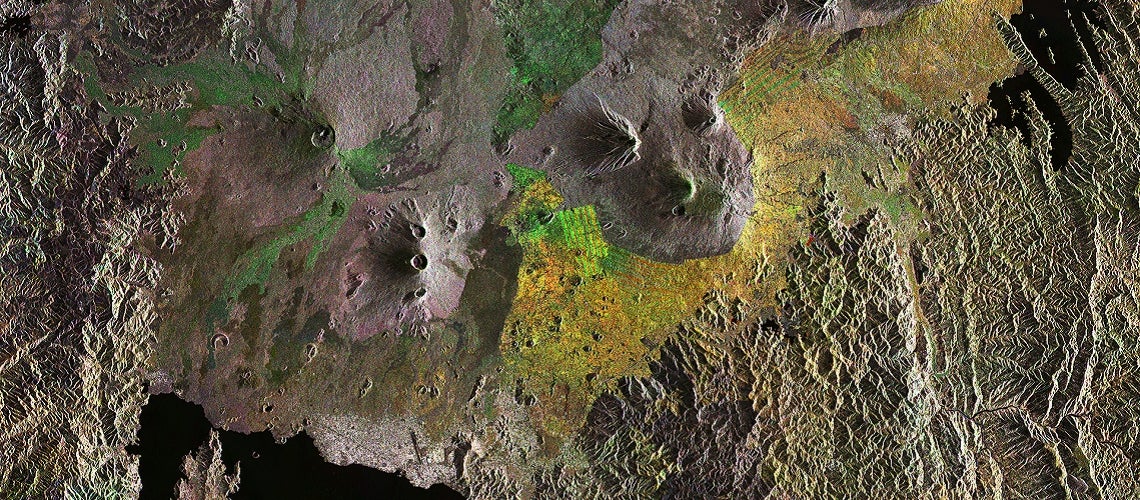 Sentinel-1 radar composite image featuring the Virunga Mountains in East Africa
Sentinel-1 radar composite image featuring the Virunga Mountains in East Africa
Understanding and managing disaster and climate risk has never been more urgent or complex. In 2022 alone, geophysical and climate-related disasters accounted for $313 billion in global economic losses. Climate change is increasing the intensity of natural hazards such as droughts and floods, while rapid and uncontrolled urbanization is leading to larger populations being exposed and at risk.
These challenges have prompted calls for more effective assistance from the international community, including the breakthrough agreement to establish a loss and damage fund made at COP27. Beyond financial assistance, reducing and adapting to disaster and climate risk will also require a better understanding of the many dimensions of risk; from socioeconomic and physical vulnerabilities to hazard characteristics, and the profound ways people are affected by climate change.
"Beyond financial assistance, reducing and adapting to disaster and climate risk will also require a better understanding of the many dimensions of risk; from socioeconomic and physical vulnerabilities to hazard characteristics, and the profound ways people are affected by climate change"
Digital public goods aid disaster response
To that end, digital public goods can play a key role in climate change adaptation. Digital public goods are open-source software, open data, open models, open standards, or any other digital assets that anyone can freely access, use, modify, and share. The United Nations, through its Roadmap for Digital Cooperation has called for global efforts to encourage and invest in the creation and protection of digital public goods which can transform the way people collaborate on disaster and climate risk. A recent joint note by the UN Office for Disaster Risk Reduction (UNDRR) and the World Bank’s Global Facility for Disaster Reduction and Recovery (GFDRR) encouraged the use of digital public goods for disaster and climate risk reduction, and discussed how international organizations and governments can advance the agenda.
The value of digital public goods for disaster response was evident in the aftermath of the 2010 Haiti earthquake. Relief organizations had no maps to support and coordinate response efforts. To support the response to the humanitarian emergency, several satellite companies opened access to their imageries, which allowed volunteers from the OpenStreetMap (OSM) community to trace roads and buildings on the open mapping platform quickly and efficiently to create an updated map that served numerous organizations.
"Digital public goods can play a key role in climate change adaptation."
Another example of digital public goods is climate models that have been used to understand and manage climate change impacts. The Oasis Loss Modeling Framework (Oasis LMF), OpenQuake by the Global Earthquake Modelling Foundation (GEM) and the CAPRA (Probabilistic Risk Assessment) platform developed by the Center for Coordination of Natural Disaster Prevention in Central America, are all open climate models that are used to improve our understanding of climate scenarios and their associated risks.
Some formerly restricted digital assets have become more widely available and have helped reduce risk. Disaster risk information used by insurance companies to predict losses and damages have historically existed within proprietary models, accessible only to a restricted group of users. However, initiatives from Oasis and the Global Risk Modelling Alliance have encouraged companies to open components of their models in an effort to improve interoperability, which is benefiting the development and humanitarian sectors and their beneficiaries.
Yet, many valuable digital goods needed for disaster and climate risk analytics remain closed, or simply do not exist for certain parts of the world. A large number of climate-vulnerable and low-income countries still do not have comprehensive digital records of their building stocks and critical infrastructure. Without those key datasets, countries cannot accurately estimate their vulnerability to natural hazards, making loss and damage estimates highly uncertain.
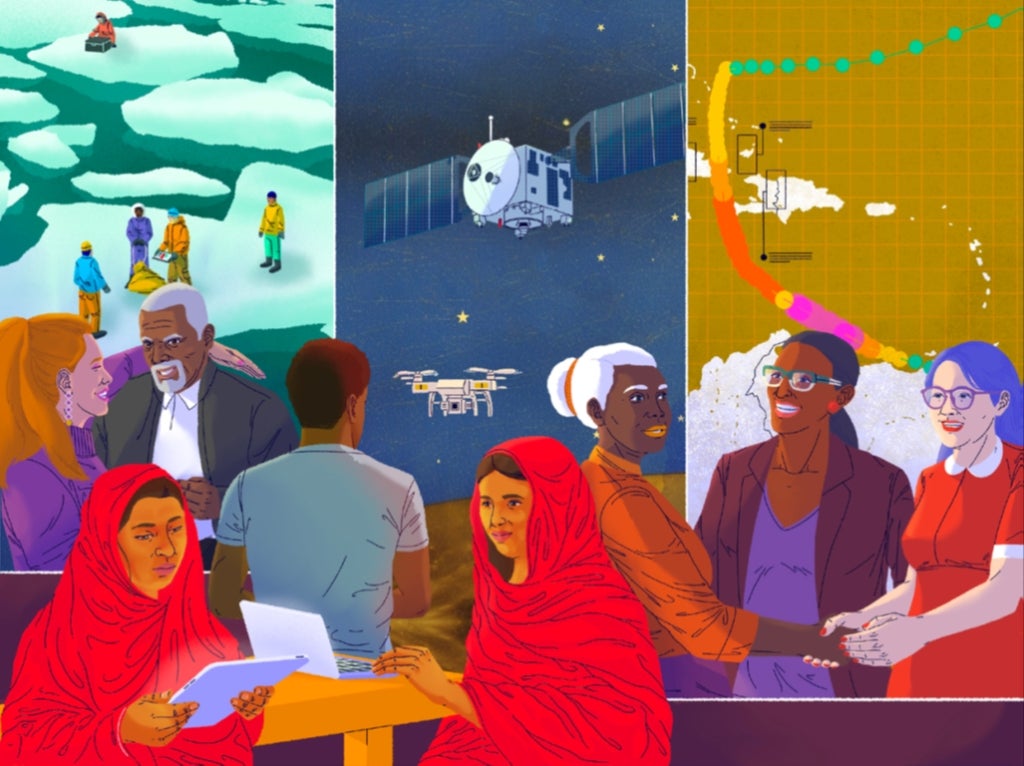
Pooled funding can advance priority technologies
While the benefits of digital public goods are widely acknowledged, advancing their development requires planning and coordination. Dedicated pooled funding from various sources such as basket funds or multi-donor trust funds can help mobilize and channel financing toward priority digital technologies. It is also critical to secure dedicated and long-term budget resources for the operation and maintenance of digital public goods.
There are a number of toolkits available to guide stakeholders in addressing concerns regarding the quality, liability or potential misuse of information and technologies when released in the public domain. Fortunately, more governments are now developing strategies and guidance to promote the use of open-source and interoperable software within their own departments.
"Digital public goods have the potential to transform the way disaster risk is managed while supporting innovation and collaboration globally."
Digital public goods have the potential to transform the way disaster risk is managed while supporting innovation and collaboration globally. A global effort is needed to advance the creation and uptake of high value digital public goods for disaster risk reduction. International organizations and governments have a leading role to play in ensuring technologies and knowledge are benefiting those who need them the most, while ensuring they do no harm.
The publication of this note has been supported by UNDRR and the GFDRR’s Digital Earth.

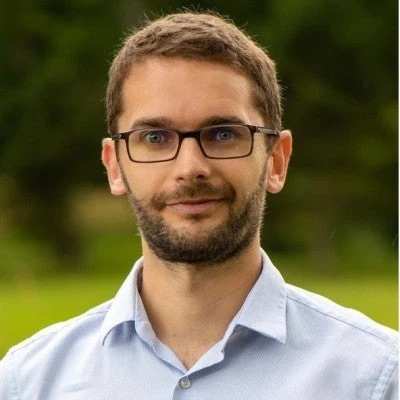
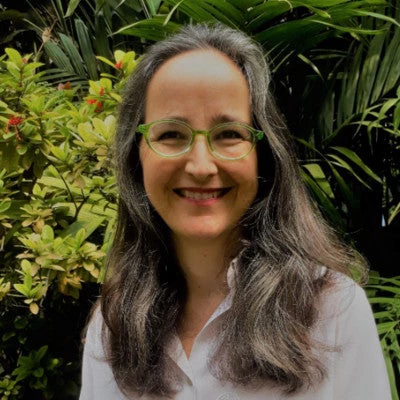

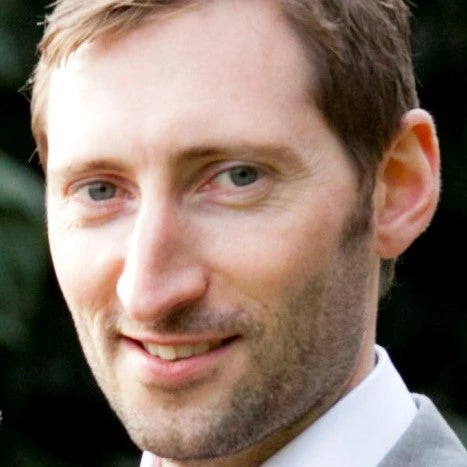
Join the Conversation